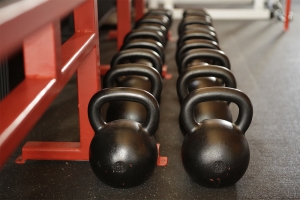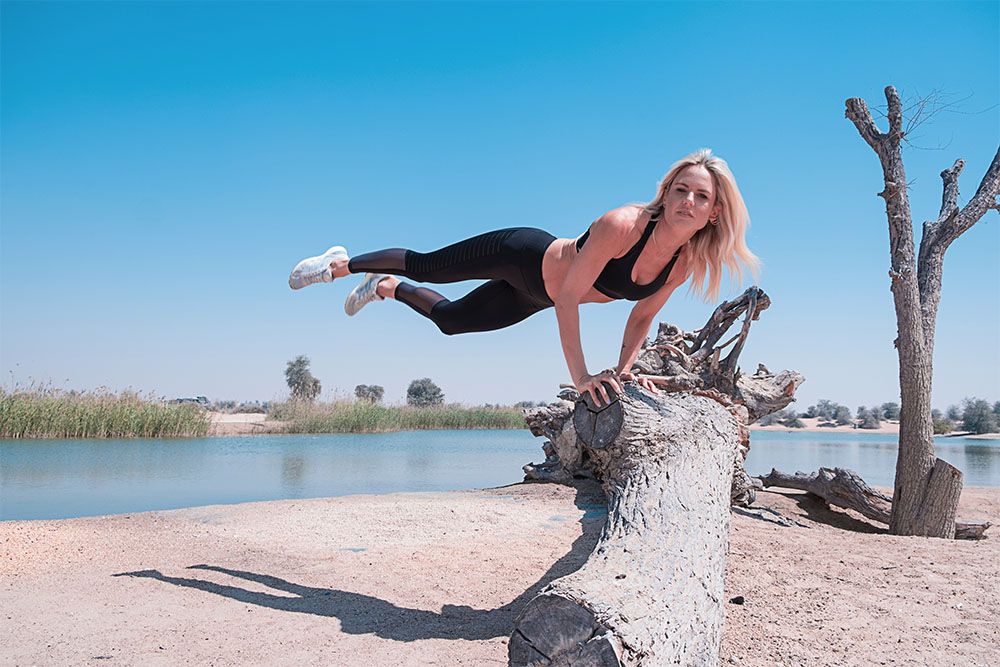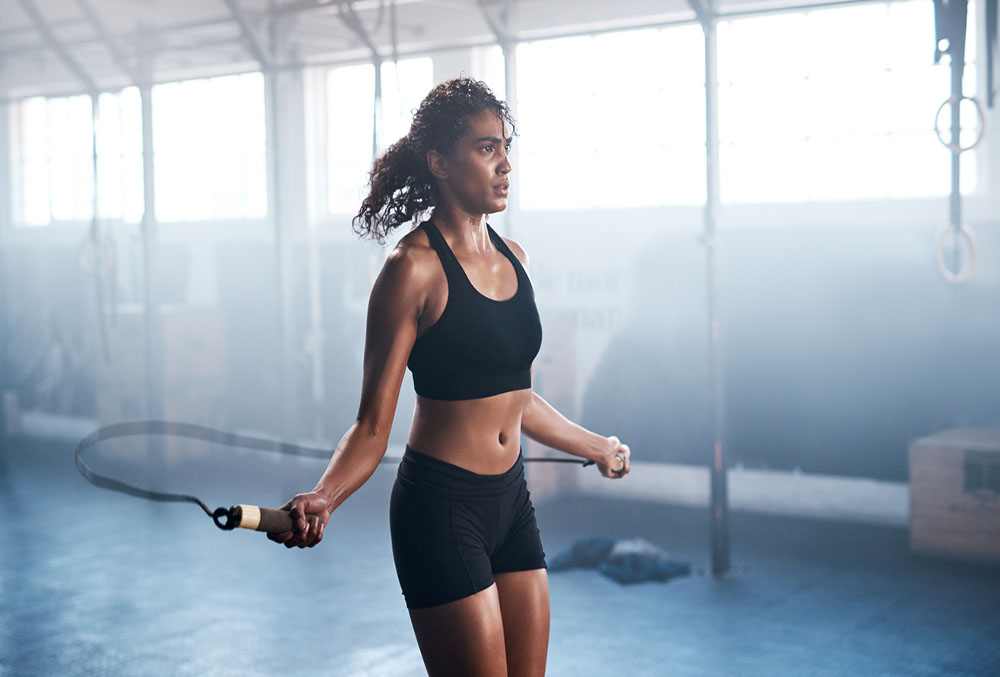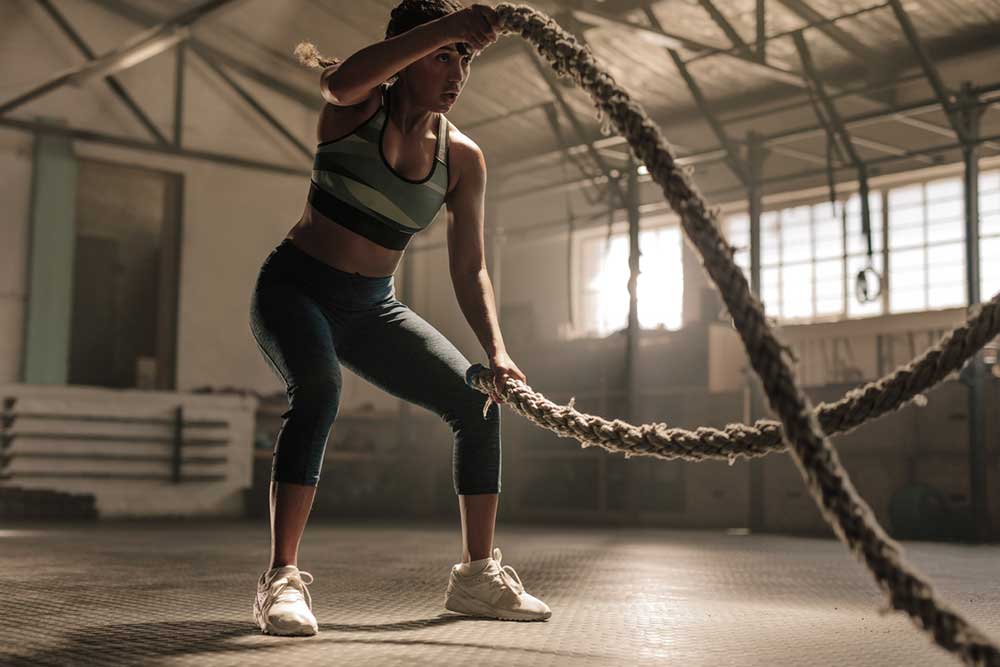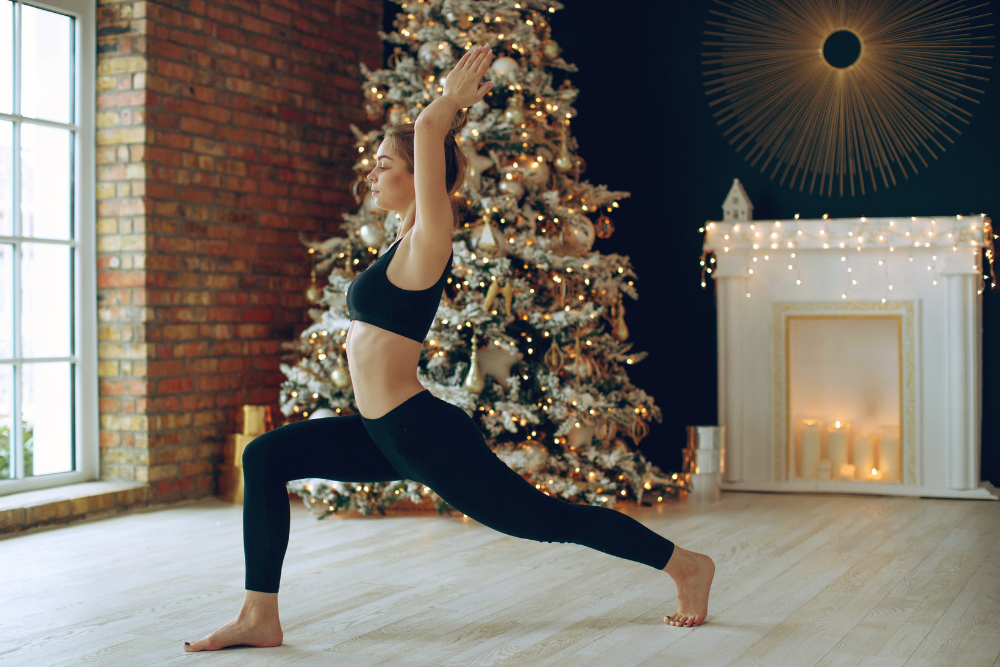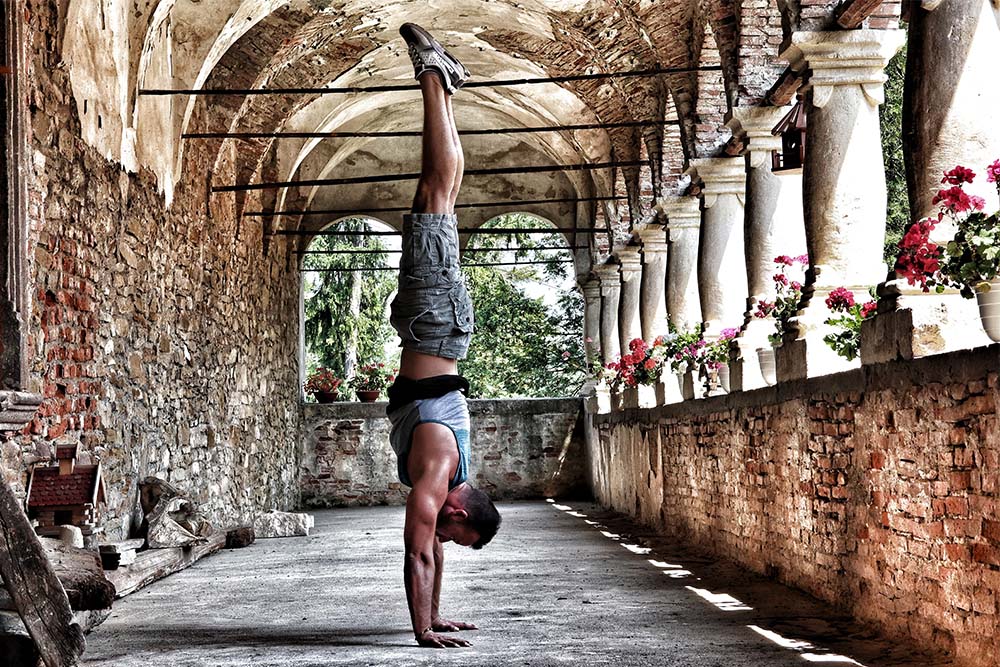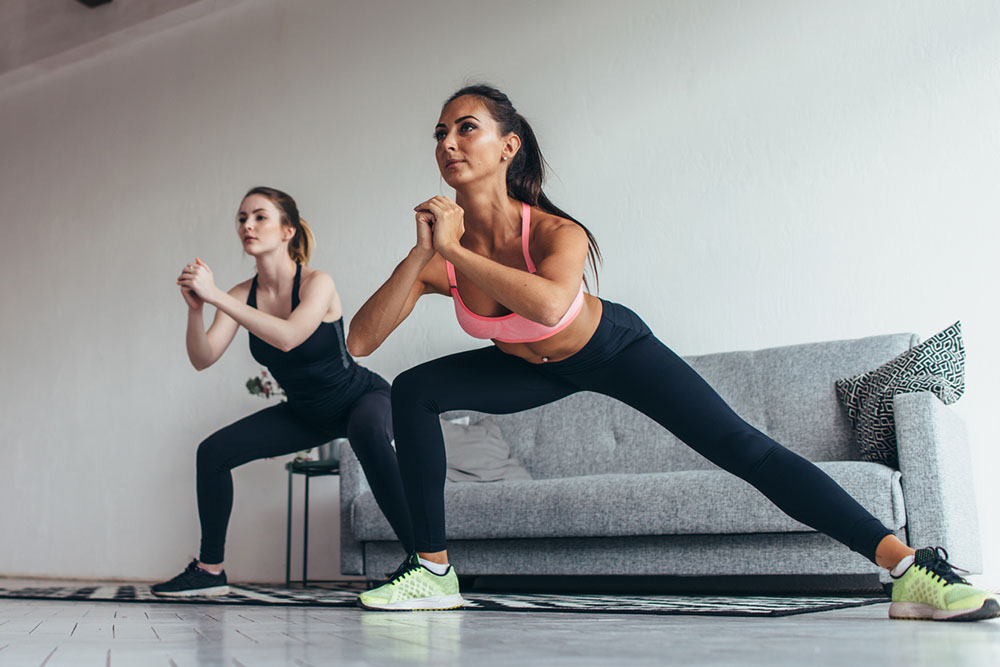Choosing The Right Coach
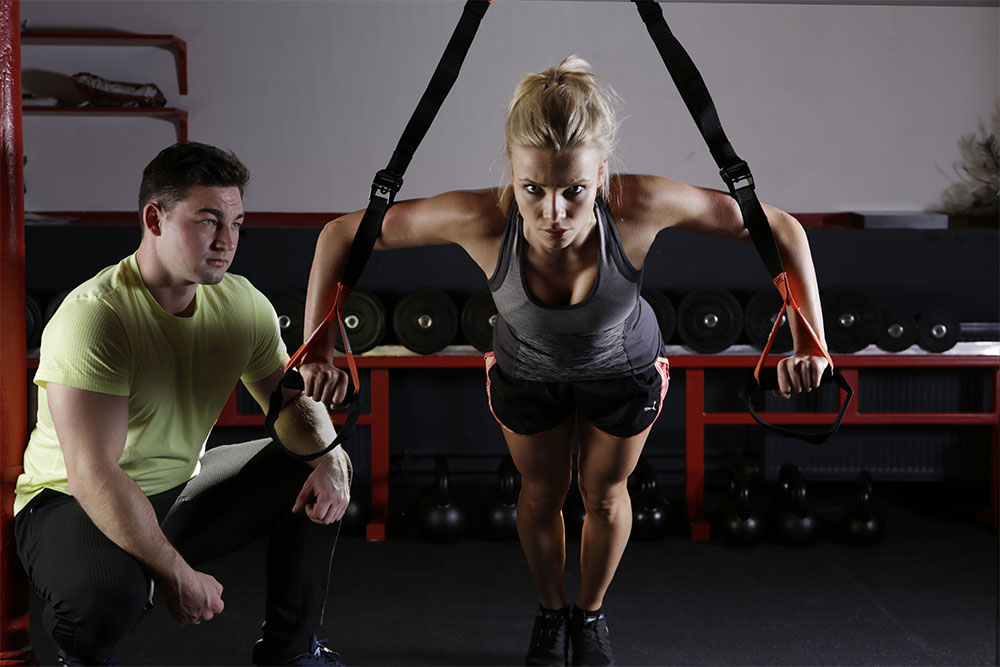
John Barry, Sports Performance Specialist
The holiday season is in full swing. No matter what you celebrate, the final 40 days of the calendar year are very hectic. A long list of chores and expectations begins to form. On that list for most of us is to either start an exercise regiment, or improve upon what we are already doing. An effective way to accomplish this, might be to hire a coach/trainer. It makes sense, we’re used to paying/consulting a professional in a given field for guidance. It’s much more difficult to choose an effective coach or trainer, if for no other reason, the seemingly unending list of choices. I want to help you refine your search in choosing the right coach and make sure you find the perfect fit for you.
Having worked in this field for a decade, I have had encounters with phenomenal coaches, trainers, and therapists. Unfortunately, in addition to those, there have been many who were just run of the mill. I have also learned that certain individuals work with other certain individuals. Let’s start here. Do you need a rah-rah, pump you up person? Someone to point you in the right direction? Wherever you fall, I suggest someone that matches your energy level. This will help insure you don’t grow tired of him/her two weeks in and “give up” on being fit.
Related Article: Keep Moving – Aerobic Exercise Increases College GPAs
1) Past:
2) Present:
When choosing the right coach: How prepared is the coach/trainer for your appointment? Have they gone over your specific goals, have a workout program prepared before your appointment? Whether it’s written on paper, or set up electronically, the best prepared trainers tend to be the best. Do they record what you do and try to improve upon it in subsequent weeks? Or does it seem like random exercises thrown together depending on which piece of equipment was available? Feel free to ask questions. Many of my clients will ask me why we are doing something. I give them as detailed an answer as possible including what I plan on progressing them to and what I expect of them in return. Now onto the workout!
3) Future:
Think long term. What does your warm up look like? I’ve seen trainers just put someone on a bike/treadmill for 5 minutes and move on. This isn’t the worst infraction, but there should be a reason. If a client is rehabilitating a lower extremity, I may put them on the bike to simply increase blood flow to the area before getting into dynamic movements. Make sure it’s just not an excuse for your trainer/coach to check his or her phone between clients.
Related Article: 6 Ideas To Stay Active This Fall
A good warm up should get you sweating a little bit. It should activate your glutes, abdominals, scapular musculature, and prepare you for the days training. I find it also best to check in with my athlete during this period. I ask how everything is feeling. Have they done anything out of the ordinary physically, what their exercise has looked like outside of our sessions. This way I can adapt the program if necessary. I am all about being prepared for a session, but the ability to think on ones feet and alter things according to subjective feedback from my athlete makes the job fun. Use this to your advantage. If you tell your coach/trainer “On a whim, I ran a marathon yesterday” and they nod, bring you over to the squat rack and instruct you to max out, take a second look at them and never look back!
You Might Like:

